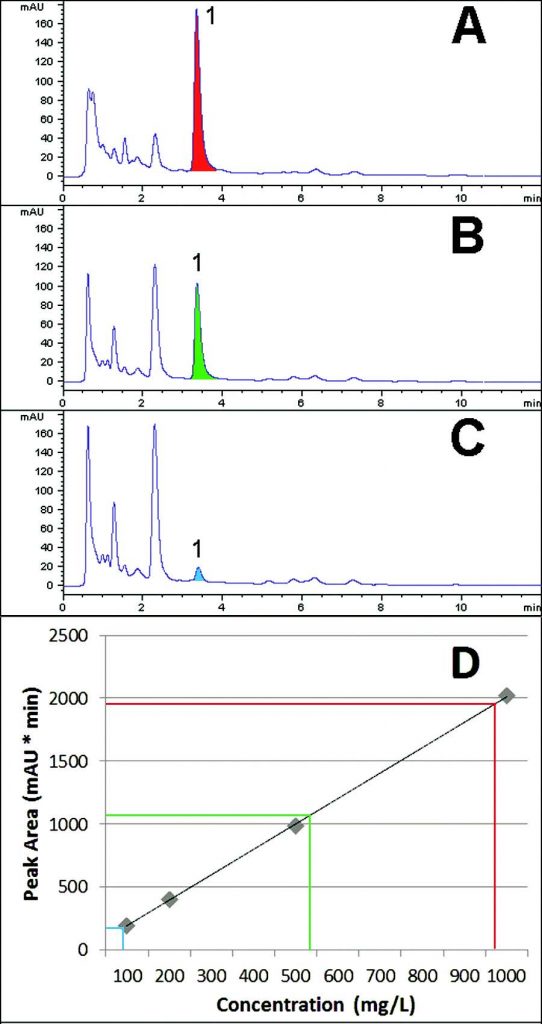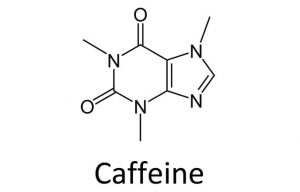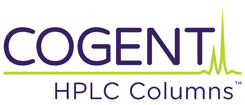Espresso, Regular, and De-Caffeinated Coffee Caffeine Content
Caffeine is separated from other matrix components in three common Coffee beverages in this AppNote. A shot of Espresso (Figure A) had the highest content, followed by regular drip Coffee (Figure B) as expected. In De-Caffeinated Coffee, Caffeine is extracted from the coffee beans but even after numerous extractions, Caffeine is not completely removed. This is illustrated by the chromatogram for the De-Caffeinated Coffee sample (Figure C), where a Caffeine peak was detected.
A calibration curve was constructed in the range of 100 – 1000mg / L (Figure D), which provided estimates of caffeine content in the Beverages: Espresso: 964mg / L, Regular Coffee: 539mg / L, and Decaf Coffee: 85mg / L.
Method Conditions
Column: Cogent Bidentate C18 2.o™, 2.2μm, 120Å
Catalog No.: 40218-05P-2
Dimensions: 2.1 x 50mm
Mobile Phase: 90:10 A: DI Water with 0.1% Formic Acid (v/v), / B: Acetonitrile with 0.1% Formic Acid (v/v)
Injection vol.: 0.5µL
Flow rate: 0.3mL / minute
Detection: UV @ 254nm
Sample Preparation: Espresso, Regular, and Decaf Coffee were purchased from a local coffeehouse. The samples were filtered with 0.45μm Nylon Syringe Filters (MicroSolv Tech Corp.). A 1000ppm Caffeine reference standard solution was prepared in a diluent of 50:50 Solvent A / Solvent B. Dilutions were made from this Stock Solution to obtain concentrations of 100, 200, and 500ppm.
t0: 0.8 minutes
Note: Caffeine is a xanthine alkaloid found in the coffee plant, the tea bush, the kola nut, and other plants. It is the most commonly consumed psychoactive drug in the world.
Attachment
No 318 Caffeine Content in Coffee Analyzed with HPL pdf 0.5 Mb Download File




